The German Marko Weiss fell in love with the mountains as a child. After years in the most beautiful places in the world, he followed another love in Slovakia. Today he leads hikers to the secrets of the Tatra Mountains.
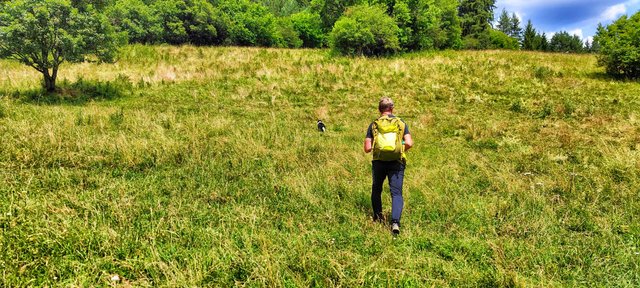 The wanderer.
The wanderer.
It was probably pretty close. “The droppings were definitely fresh,” says Marko Weiss, “and the tracks were still clearly visible.” But the bear that the mountain guide had hoped to see remained invisible, hidden in the dense forests around Poľana , a 1,458 meter high extinct volcano in Slovakia.
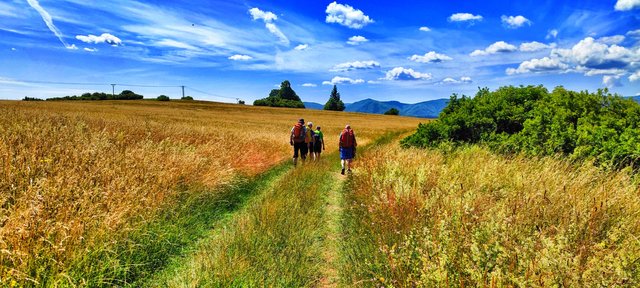 He leads all hikes
He leads all hikes
“You can’t always be lucky,” smiles the man who knows the nature reserve in the south of the Low Tatras like the back of his hand. Marko Weiss has lived here for 20 years, and for 20 years he has loved the wilderness of the High and Low Tatras, which is still so pristine today, and which characterizes the north of Slovakia with high peaks, green valleys and deep forests. Marko Weiss fell in love with the mountains, he followed another love in Slovakia. Today he leads hikers to the secrets of the Tatra Mountains.
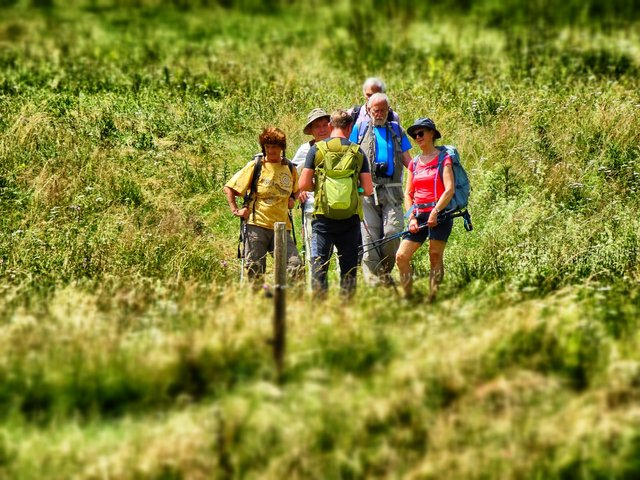 The nature is his best friend
The nature is his best friend
Weiss, in hiking boots, hiking pants, a T-shirt and with a daypack on her shoulders, is at home here. Slovakia, created 30 years ago after the peaceful division of Czechoslovakia, is his home. The Harz and the Thuringian Forest, mountains and German forests, that fascinated him as a child, says the 48-year-old, looking back on a childhood in which the 1,141 meters of the highest Brocken peak in the Harz seemed indescribably high to him.
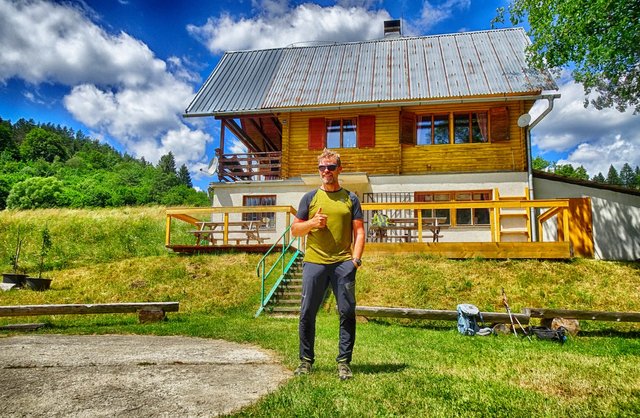 Marko Weiss in front of hin cabin
Marko Weiss in front of hin cabin
A life being outside
Hiking, being outside, watching animals and the play of light in the leaves fascinates the boys from the german village Bennstedt, where his parents still live today. It takes a while for him to turn his passion into a career. “I trained as a gas plumber and worked in that profession until I could no longer withstand the call of the wide world,” says Weiss as he climbs the slope behind Chata Kamila, the holiday home on the edge of his hometown Horná Lehota he has brought into shape in recent years.
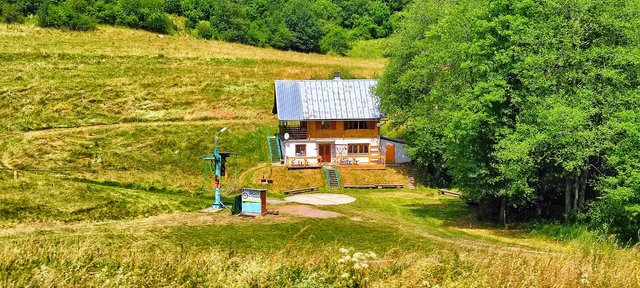 The cabin still has her own ski lift
The cabin still has her own ski lift
Weiss stops again and again, he points over to the hill where the 300 sheep that he keeps together with his friend and shepherd Fedjo graze, he describes flowers and herbs, talks about the history of the region and about the grim winters. There are still here.
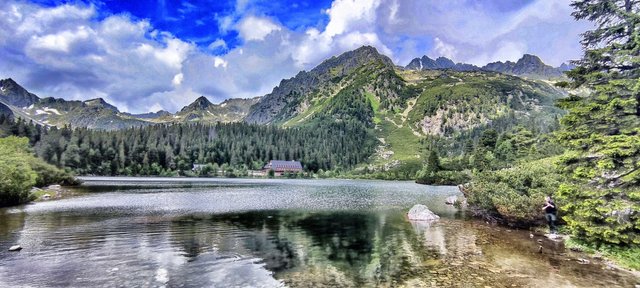 The Tatra Mountains are so beautiful
The Tatra Mountains are so beautiful
Luckily, because Chata Kamila not only has its own ski slope, but even its own ski lift. The snow groomer behind the house is decades old, but is ready for use at any time. “When the first snow falls, I put the key in and it starts,” says Weiss, praising the rustic vehicle from socialist times with which he prepares the slope in front of the house, which was maintained by the community until Weiss and his company WM Aktiv Reisen taken over.
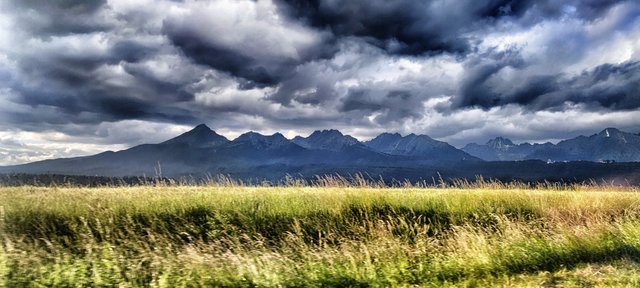 Sky high are the summits
Sky high are the summits
He loves Friluftsliv
Their name says it all. He translated Marko Weiss' Norwegian motto “Friluftsliv”, meaning open-air life in German, into Slovakian. Weiss offers trekking trips and mountain hiking weeks, ski tours and snowshoe expeditions, he guides leisure hikers in groups or individually through the Tatra Mountains and he equips adventure seekers with route tips to the most spectacular insider tips in his adopted homeland.
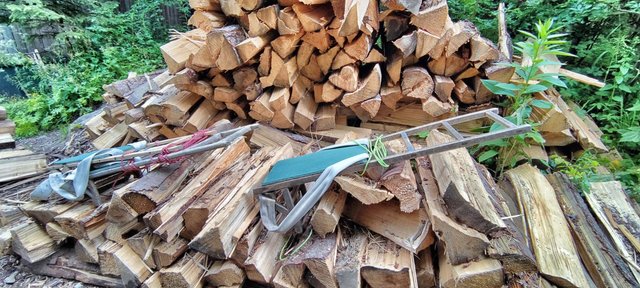 The last porters of Europe are here
The last porters of Europe are here
Marko Weiss ended up there by chance. After moving to the tourism industry, he worked in India, Turkey, Egypt and Spain, where he met his wife Mirka. Both fall in love “to their ears,” as Marko Weiss says, “and we still are today.” The couple spent several years together in Portugal and Spain. At some point the big question is no longer whether, but rather where we want to live together forever. “My wife has her family here,” says Marko Weiss, “and I think the Tatra mountains are the most beautiful in the world.”
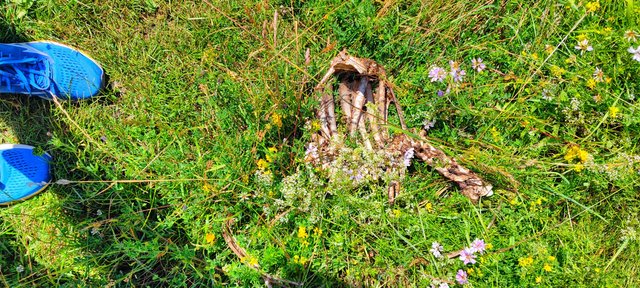 The wild life is impressible
The wild life is impressible
A decision that the trained mountain guide does not regret even after 20 years. The forests, the clear mountain lakes, the small villages and the untouched wilderness fascinate him every day. “We have wolves and bears, but no problems like elsewhere,” says Marko Weiss, “because nature is still in balance here.” The forests are green, the streams glitter in the sun. Marko Weiss describes that you can recognize a healthy forest as soon as you enter it: “If it’s hot outside, it immediately becomes ten degrees cooler under the trees.”
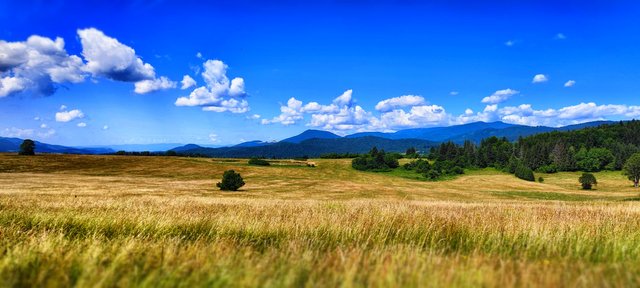 High on the hills are wide meadows
High on the hills are wide meadows
Nature knows how to do
This is the case in Weiss' own forest behind the Chata, although here too there are still spruce trees among the beech trees, which were once claimed to be fast-growing timber. “We are now slowly rebuilding this, because other tree species correspond better to a sustainable forest.” This supports nature a little on its way to an intact ecosystem in the future, because, he says, “Nature then knows best how to do it. “coping.”
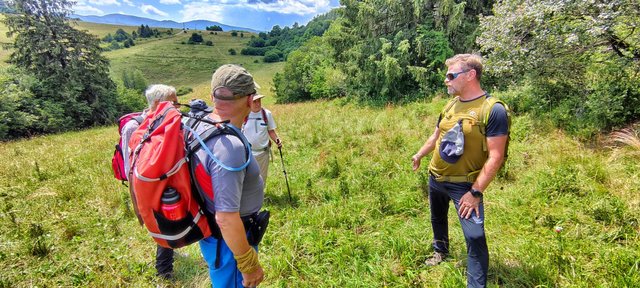 Marko Weiss (right side) knows everything about the Tatra
Marko Weiss (right side) knows everything about the Tatra
And hardly anyone knows better than him how to bring this to visitors. The Low Tatras in particular are still a largely undiscovered country for mass tourism. There are no columns of hikers milling through the forest like in Nepal or the Alps, there is still something unknown to discover here. Marko Weiss is the Tatra bear whisperer, a passionate promoter of the region. He has already led MDR film teams all over the Tatras, to Polana Peak and to the mountain lake Štrbské pleso, where Gojko Mitic fought against the Hurons as “Chingachgook” in the Defa film of the same name together with “Deerslayer” Rolf Römer.
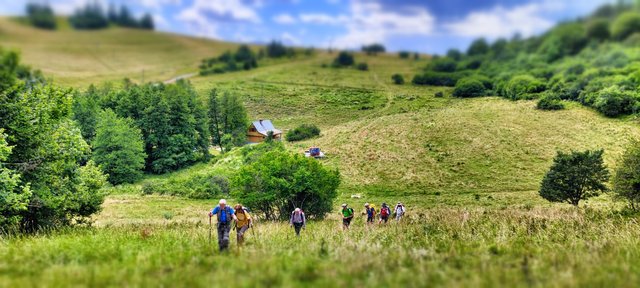 A group on Marko Weiss' own meadow
A group on Marko Weiss' own meadow
The smallest high mountain range in the world is a great experience for visitors. There are 24 peaks here with a height of more than 2,500 meters, the 600 kilometer long network of trails is well signposted and the views are fantastic. On the way, hikers rarely meet other people, but they always meet Tatra Sherpas: young and old men, sometimes even women, who carry logs of wood on their backs up to the mountain huts. “It’s a tradition that only exists here,” says the father of two children who share his passion for hiking. “Emily and Tim are just as enthusiastic about nature as my wife and I.”
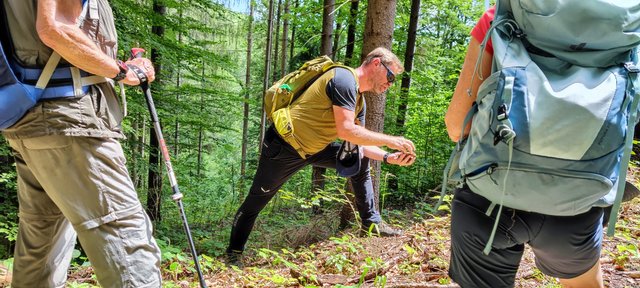 In the woods he is alive
In the woods he is alive
The last of their kind
Instead of bringing the heating material for the winter to the huts beyond the tree line by cable car or even by helicopter, as is the case elsewhere, Slovaks have preferred a wooden carrying frame to which two, three or even seven heavy logs are strapped since the early 19th century. A 40, 50 or 80 kilo load travels up a thousand or more meters on your back. “The load record is 200 kilograms,” says Weiss, who, like many Slovakians, regularly volunteers as a Tatra Sherpa. “There is no other way to supply the huts, but it is also important to us that this tradition is preserved.”
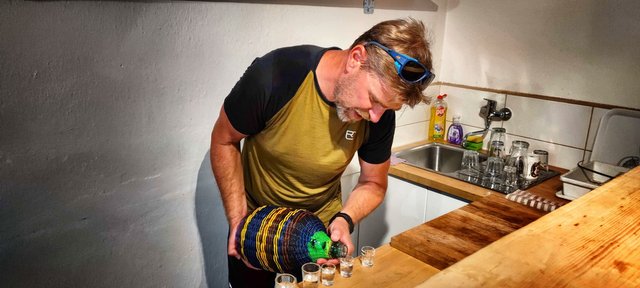 In his cabin he has an hand made Schnaps
In his cabin he has an hand made Schnaps
Nobody needs to be afraid of wild animals such as the approximately 1,000 brown bears, 200 wolves and numerous lynxes that live in remote valleys such as the Dolina Waksmundzka while on the move. “There is no reason for the animals to leave their retreat areas,” says Marko Weiss. “If you are lucky enough to meet them, you simply stay calm, close together in the group, and wait until they disappear on their own. “
Thank you for reading and if you like my work please follow me on Hive, Travelfeed or Steem or visit my homepage koenau.de
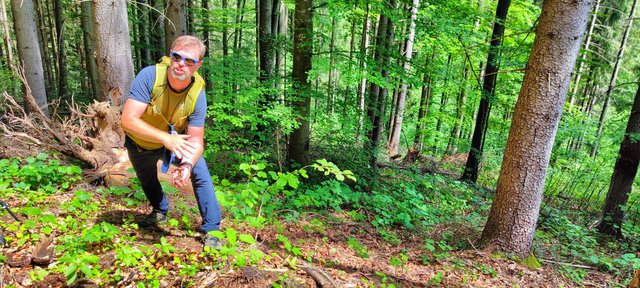 The nature here is strong and vital
The nature here is strong and vital
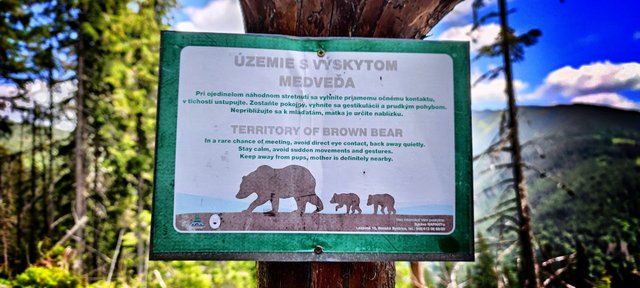 Bears are everywhere
Bears are everywhere
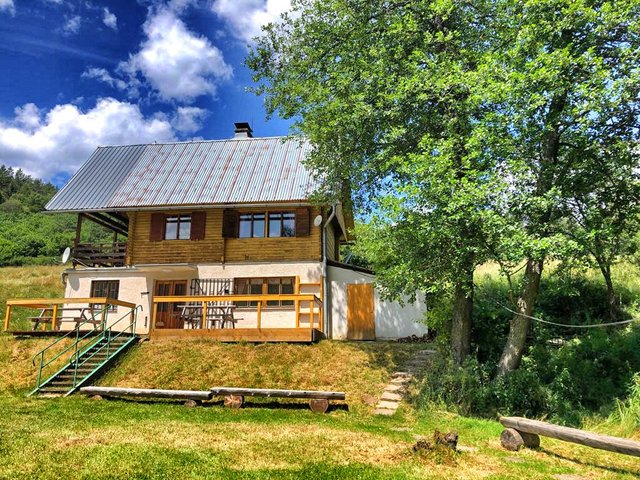 The cabin is for rent
The cabin is for rent
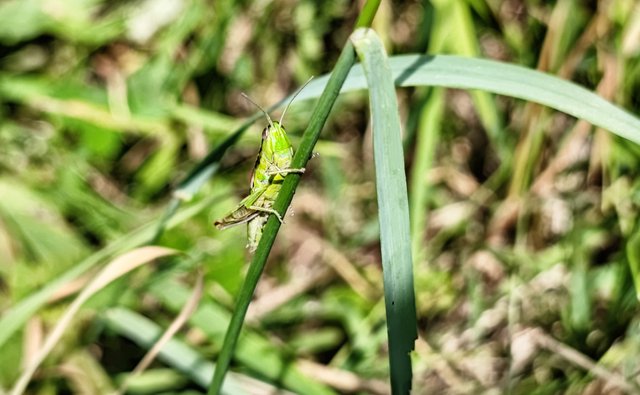 A grashopper
A grashopper
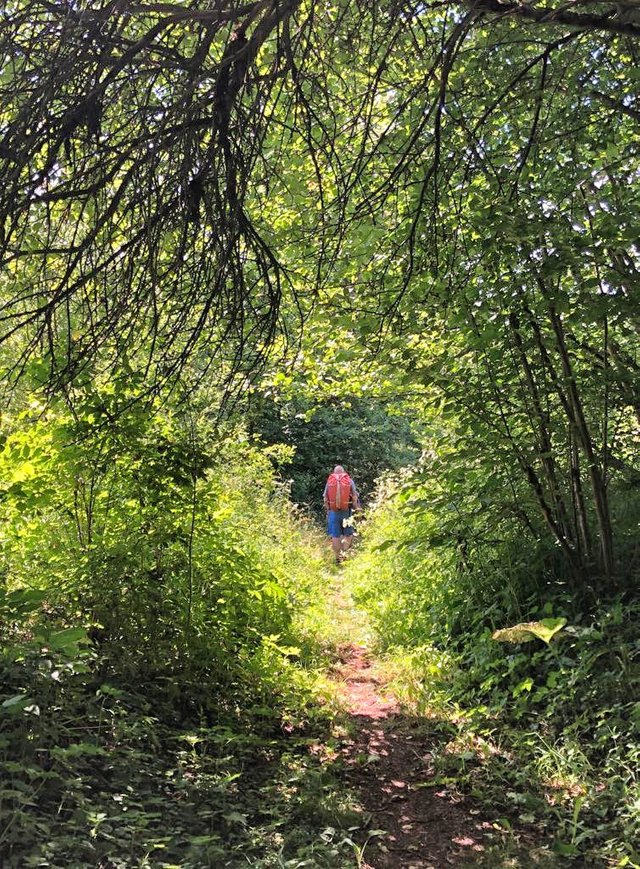 Deep into the woods the hike goes
Deep into the woods the hike goes
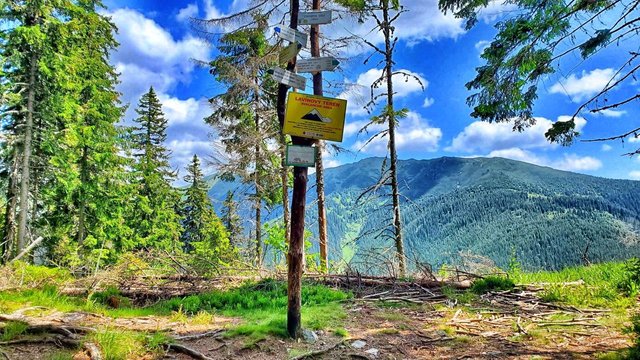 Warning for the bear
Warning for the bear
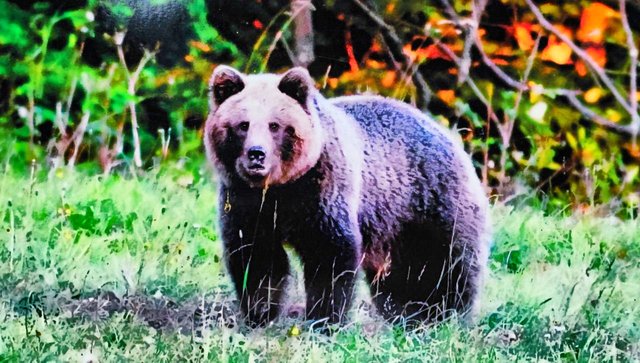 Thegreat brown bear
Thegreat brown bear
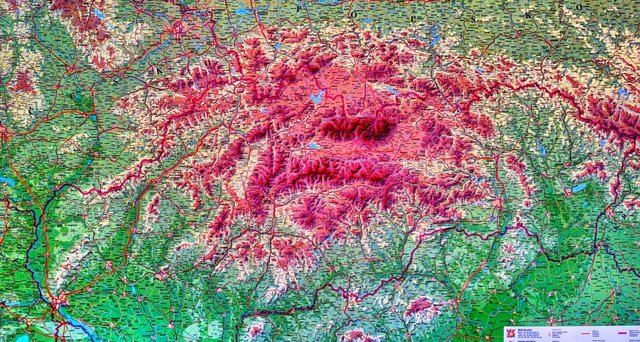 The Tatra Mountains
The Tatra Mountains
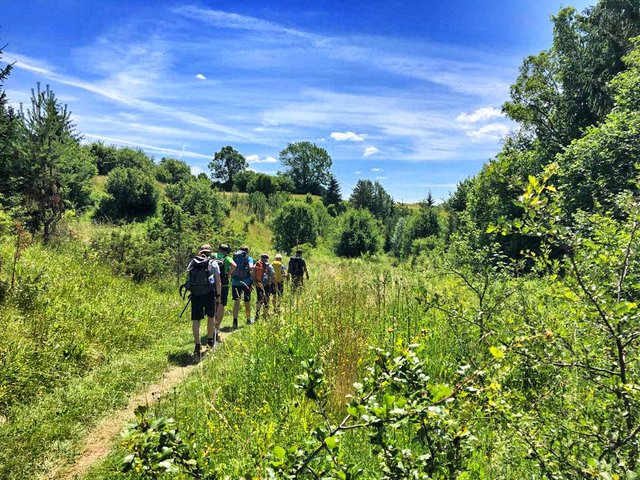 Hiking the Tatras
Hiking the Tatras
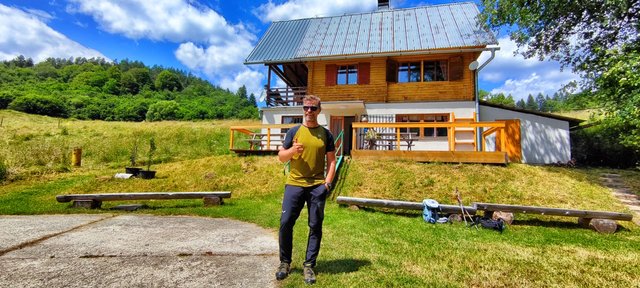 Proud owner of a old but modern house
Proud owner of a old but modern house
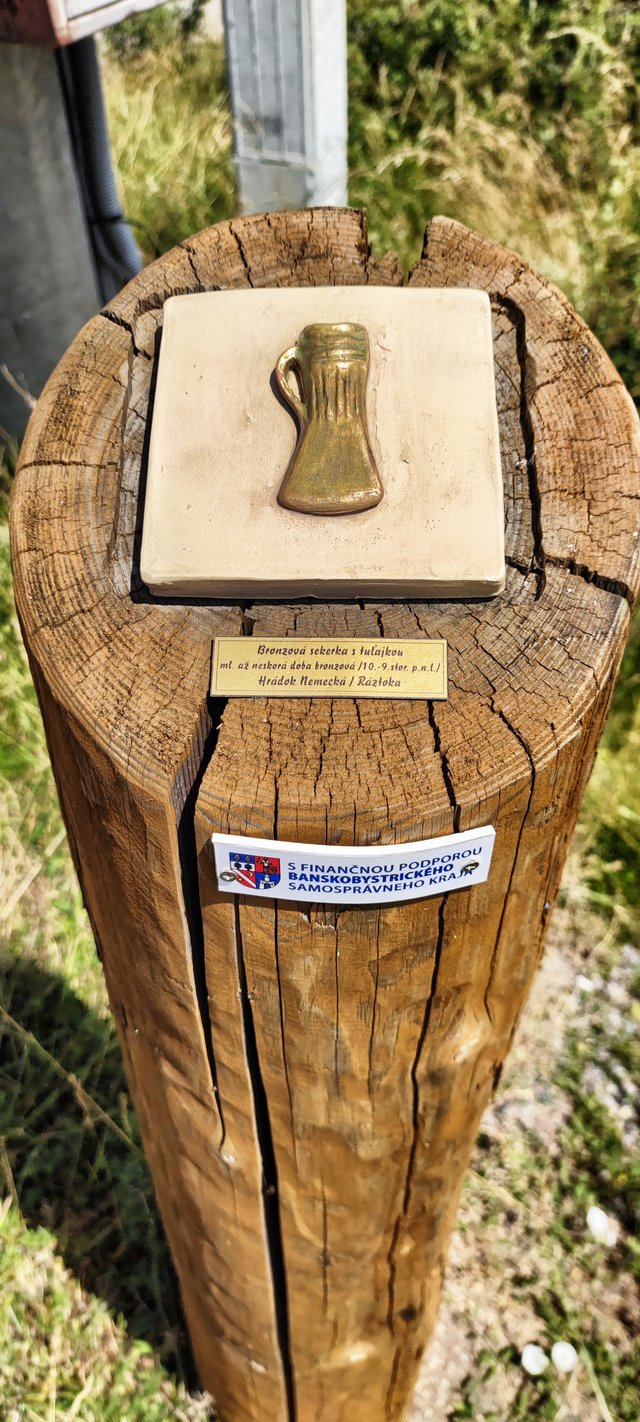
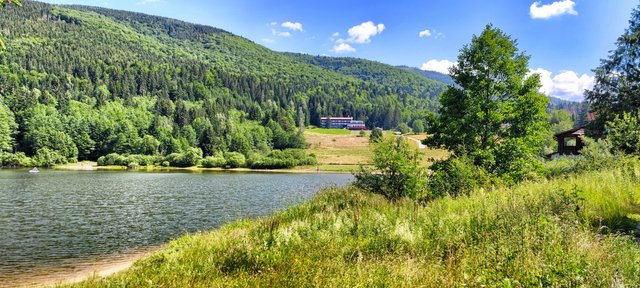
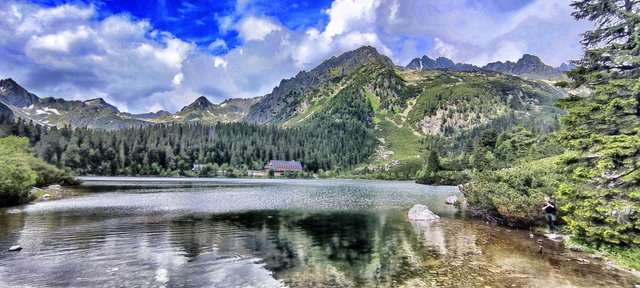
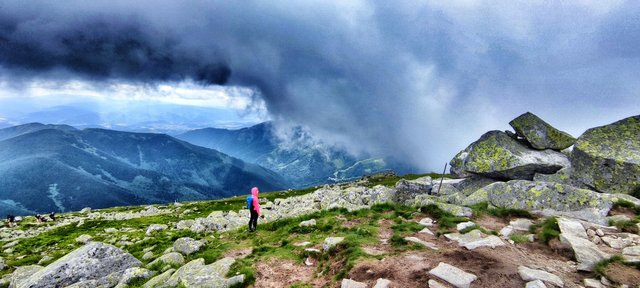 High on a summit
High on a summit
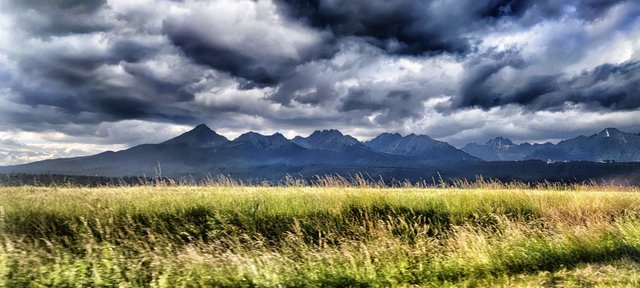
Congratulations @koenau! You received the biggest smile and some love from TravelFeed! Keep up the amazing blog. 😍 Your post was also chosen as top pick of the day and is now featured on the TravelFeed front page.
Thanks for using TravelFeed!
@for91days (TravelFeed team)
PS: TravelFeed is in social media to reach more people, follow us on Facebook, Instagram, and Twitter.
Downvoting a post can decrease pending rewards and make it less visible. Common reasons:
Submit